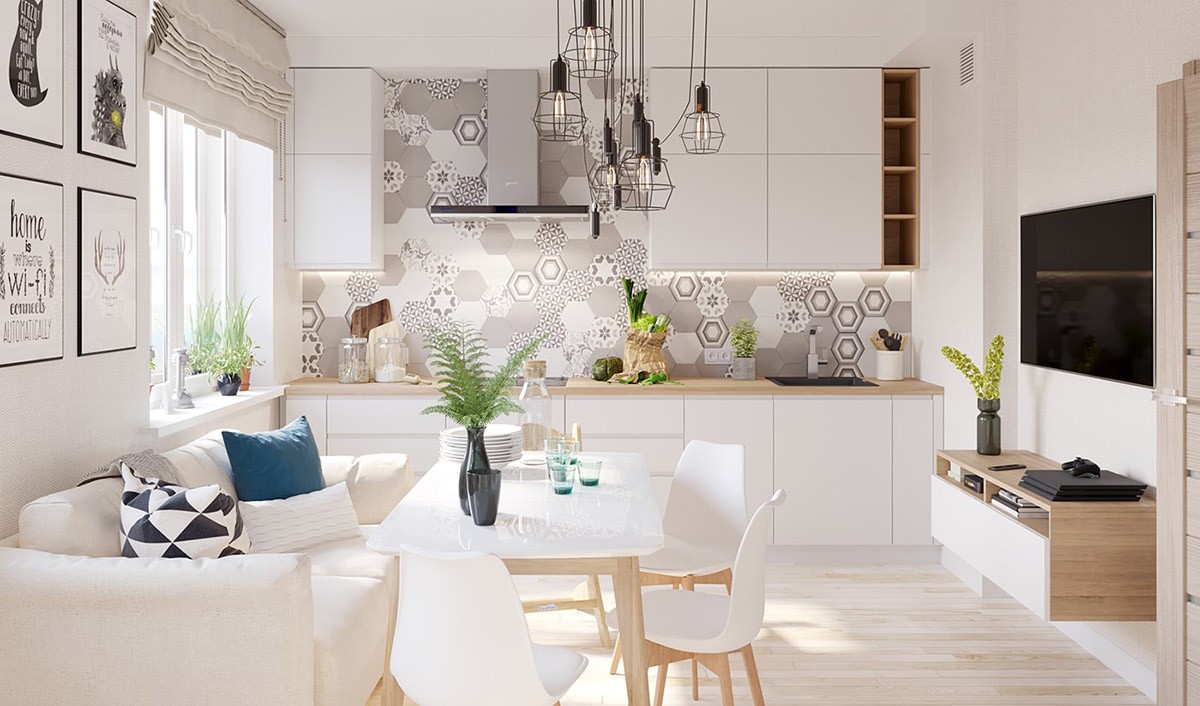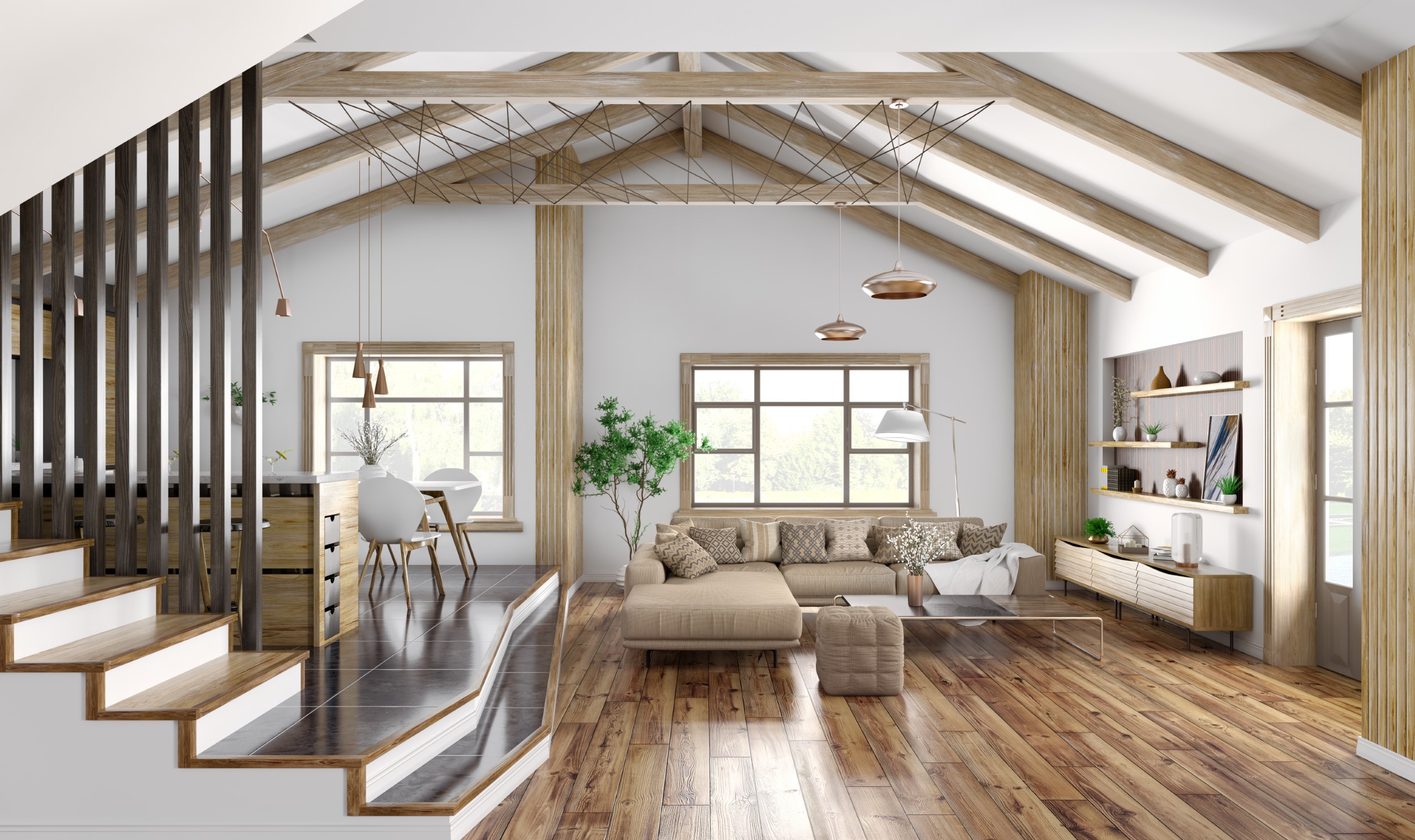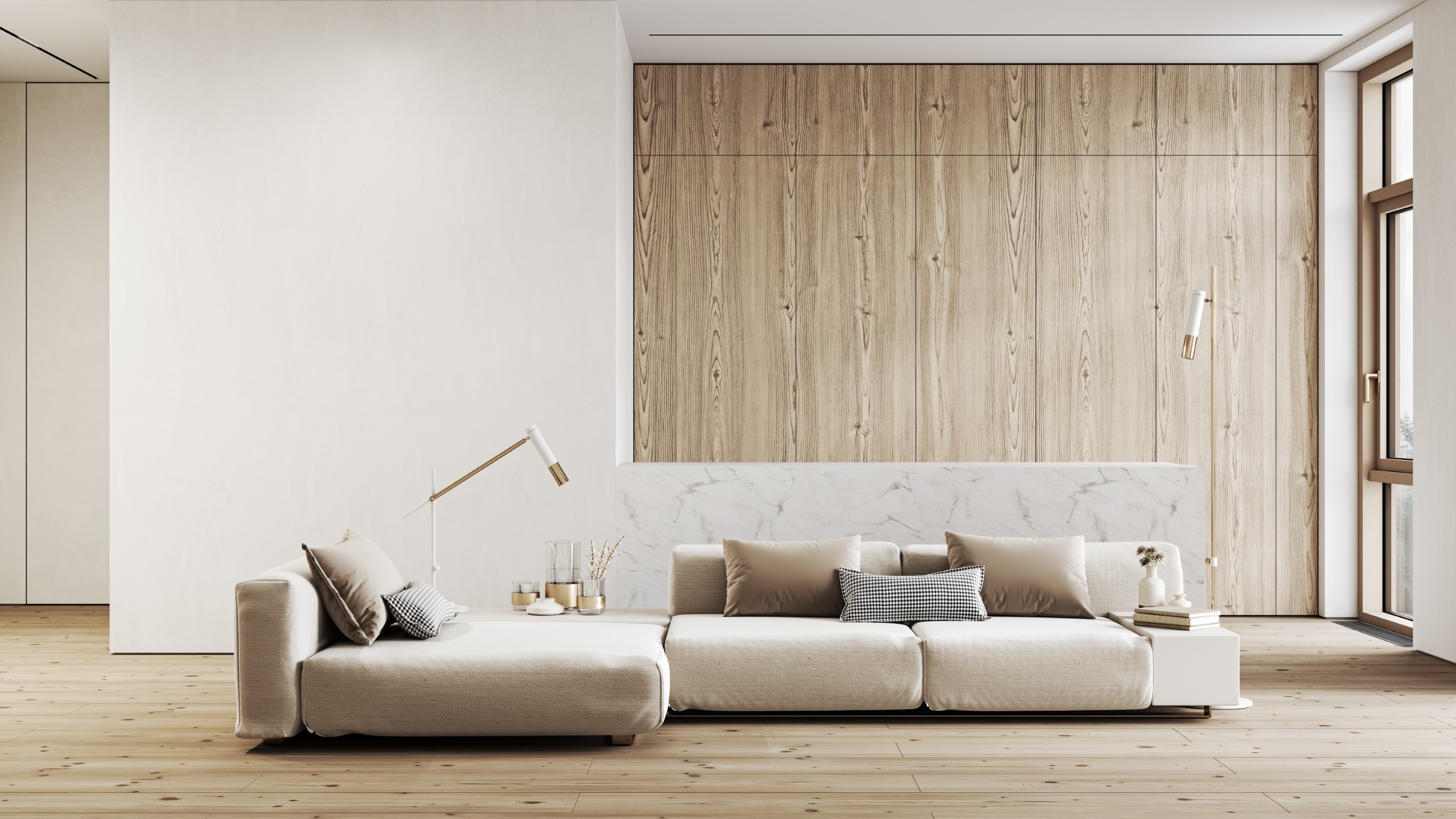When it comes to creating a calm and inviting home environment, few materials can rival the elegance of white wood. White wood interior design is not just a trend; it’s a timeless aesthetic that brings a sense of tranquility and brightness to any space. From cozy cottages to modern apartments, the versatility of white wood makes it a favorite among homeowners and designers alike. In this comprehensive guide, we’ll explore the nuances of white wood interior design, including its benefits, practical tips for implementation, and inspiring ideas to transform your living space.
What is White Wood Interior Design?
White wood interior design primarily involves the use of light-colored wood—often painted or treated to achieve a white finish—in various elements of a home’s décor. This style is characterized by its ability to reflect light, making rooms feel airy and spacious while also providing a clean and sleek backdrop for furniture and decorations.
Benefits of White Wood Interior Design
Choosing white wood for your interior spaces comes with a myriad of advantages. Below are some of the most compelling reasons to embrace this design style:

1. Brightness and Space Enhancer
White wood reflects natural light, helping to brighten even the darkest corners of a room. This property makes spaces feel larger and more open, perfect for smaller homes or rooms with limited natural light.
2. Versatility in Aesthetic
White wood complements various design styles, from rustic farmhouse to modern minimalist. This versatility allows homeowners to experiment with different decors without the risk of clashing aesthetics.

3. Timeless Appeal
While many design styles come and go, the elegance of white wood remains a classic choice. Its enduring nature makes it a valuable investment for your home.
4. Enhances Other Colors
White wood serves as a perfect canvas for vibrant colors and textures, allowing you to add personality to your space without overwhelming it.

5. Easy to Maintain
Unlike darker wood, which can show dust and scratches more easily, white wood generally hides imperfections well, making it a more practical choice for high-traffic areas.
Popular Styles Featuring White Wood

White wood can be styled in numerous ways to achieve different looks. Here are some popular design styles that incorporate white wood:
1. Scandinavian Design
This style emphasizes minimalism and functionality, often featuring white wood walls and furniture. The warmth of wood balanced with the coolness of white creates an inviting atmosphere.

2. Coastal Design
The coastal aesthetic thrives on light, airy elements. White wood paired with blue and sandy hues evokes a serene beach vibe.
3. Farmhouse Style
White wood is a staple in farmhouse design, where it’s often used for kitchen cabinets, tables, and beams to create a cozy, lived-in feel.

Comparison Table: White Wood Styles
| Style | Key Features | Color Palette |
|---|---|---|
| Scandinavian | Minimalism, functionality, light textures | Neutral tones, soft pastels |
| Coastal | Open spaces, nautical themes, breezy fabrics | White, blue, sandy colors |
| Farmhouse | Rustic décor, vintage accents, warmth | Whites, browns, muted earthy shades |

Implementing White Wood in Your Home
If you’re excited to bring white wood into your interior design, here are practical tips to get you started:
1. White Wood Walls
Painting your walls white or installing white wooden paneling can dramatically change the ambiance of a room. This technique works well in living rooms, kitchens, and even bedrooms.
Tip:
Consider using tongue and groove paneling for added texture.
2. Flooring Options
White wood flooring provides a clean and cohesive look to your space. Whether you choose engineered wood or solid hardwood, white floorboards can enhance the overall aesthetic of your home.
Pros and Cons of White Wood Flooring
| Pros | Cons |
|---|---|
| Brightens space | May show dirt more easily |
| Works with various styles | Can be more expensive |
| Timeless appeal | Requires regular maintenance |
3. Furniture Selection
Opt for white wood furniture pieces, such as tables, chairs, and cabinets. These can serve as stunning focal points and also complement a diverse color scheme.
Ideas for White Wood Furniture
- Dining tables with whitewashed finishes
- White wood bookshelves for a clean look
- Accent chairs with white wooden frames
4. Incorporating Accessories
Accessories play a vital role in making your design feel complete. Use white wood in accessories like picture frames, decorative shelves, and light fixtures to add cohesive touches throughout your home.
Color Palettes that Complement White Wood
Choosing the right colors to pair with white wood can elevate your design. Here are some color palettes that work harmoniously with white wood:
1. Soft Pastels
Shades of soft pink, mint green, and pale blue can create a serene atmosphere when combined with white wood.
2. Earthy Tones
Colors like terracotta, warm browns, and olive greens can provide a natural feel that enhances the warmth of white wood.
3. Bold Accents
For a more dynamic look, consider introducing bold colors such as navy blue, deep green, or vibrant yellow as accents against white wood settings.
Maintaining Your White Wood Elements
While white wood is easier to maintain than darker woods, it still requires some care to keep it looking fresh and beautiful:
1. Regular Cleaning
Dust surfaces regularly and use a damp cloth to wipe down white wood furniture or accents. Avoid harsh chemicals that can damage the finish.
2. Use Coasters and Protectors
To prevent stains and scratches, always use coasters under drinks and felt pads under heavier items.
3. Repair Scratches Promptly
For minor scratches, consider using a white wax crayon or touch-up pen specifically designed for wood to restore the finish.
FAQs About White Wood Interior Design
What types of wood are typically used for white wood designs?
Common types of wood used in white wood interior design include pine, birch, and maple. Each of these woods has its unique grain and texture, providing different aesthetics.
Can white wood work in small spaces?
Absolutely! White wood can make small spaces feel larger and more open. Its light-reflective properties help create an airy environment, making it perfect for compact areas.
Is white wood durable?
Yes, white wood is durable, especially when properly finished. Regular maintenance will ensure longevity and keep it looking its best for years.
How can I add color to a white wood interior?
You can add color through accessories like cushions, artwork, and area rugs. Additionally, painted accent walls or colorful furniture pieces can create striking focal points against white wood backdrops.
Final Thoughts
White wood interior design is more than just a trend; it’s a lifestyle choice that prioritizes serenity, elegance, and timelessness. Whether you’re renovating your current space or starting from scratch, white wood can enhance the beauty and functionality of your home. With its versatility, ease of maintenance, and the ability to complement various color palettes, there’s no limit to the stunning results you can achieve.
So, why not embrace the tranquility of white wood? Start making changes today and watch your living space transform into a haven of comfort and style.